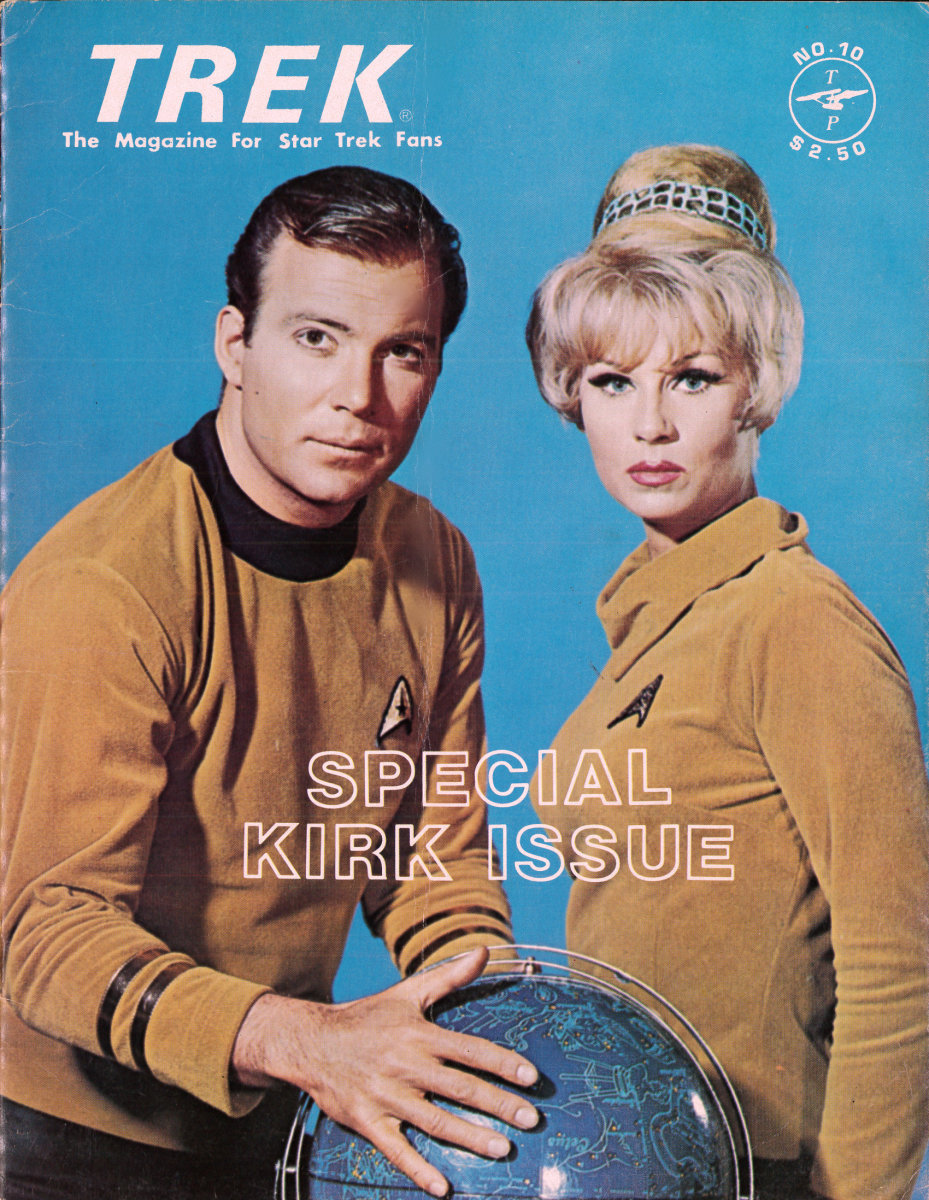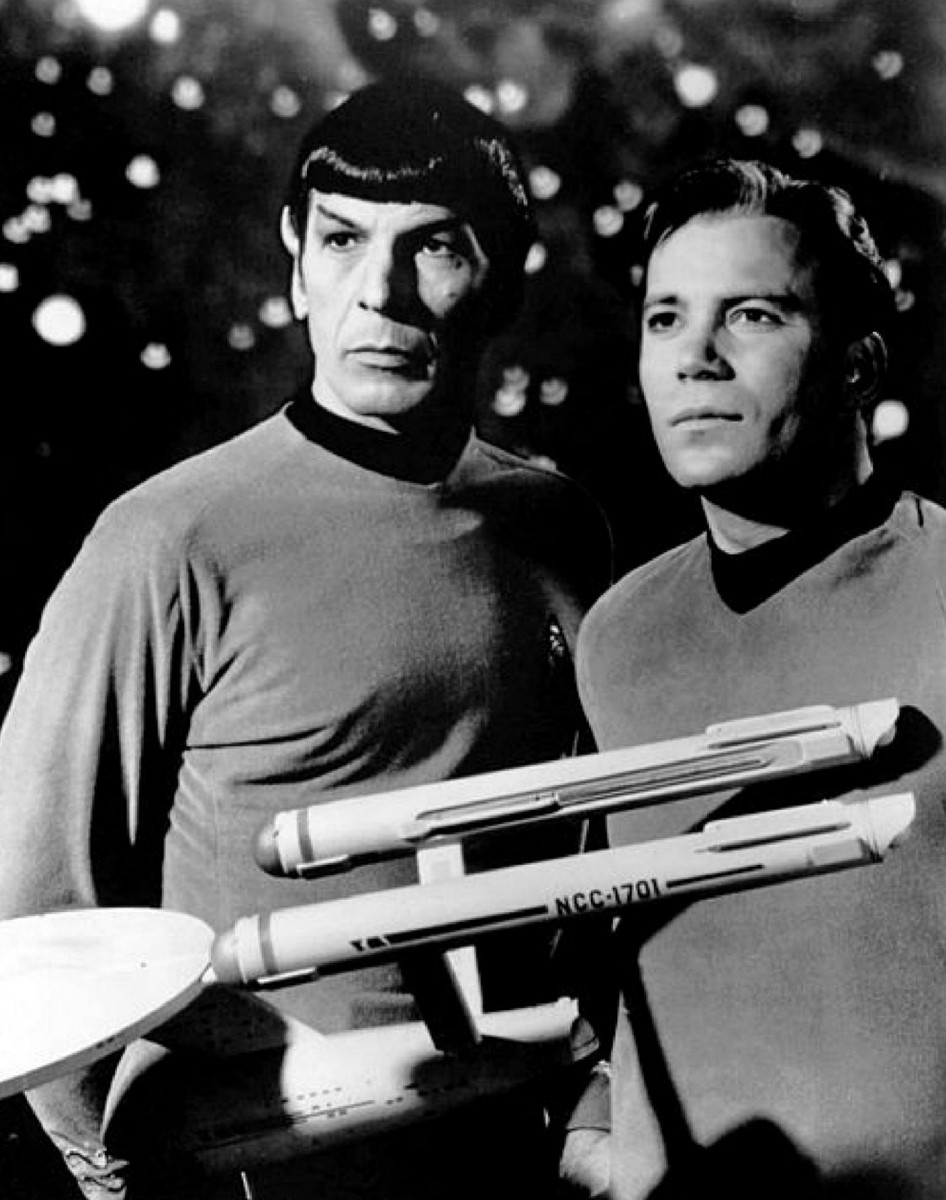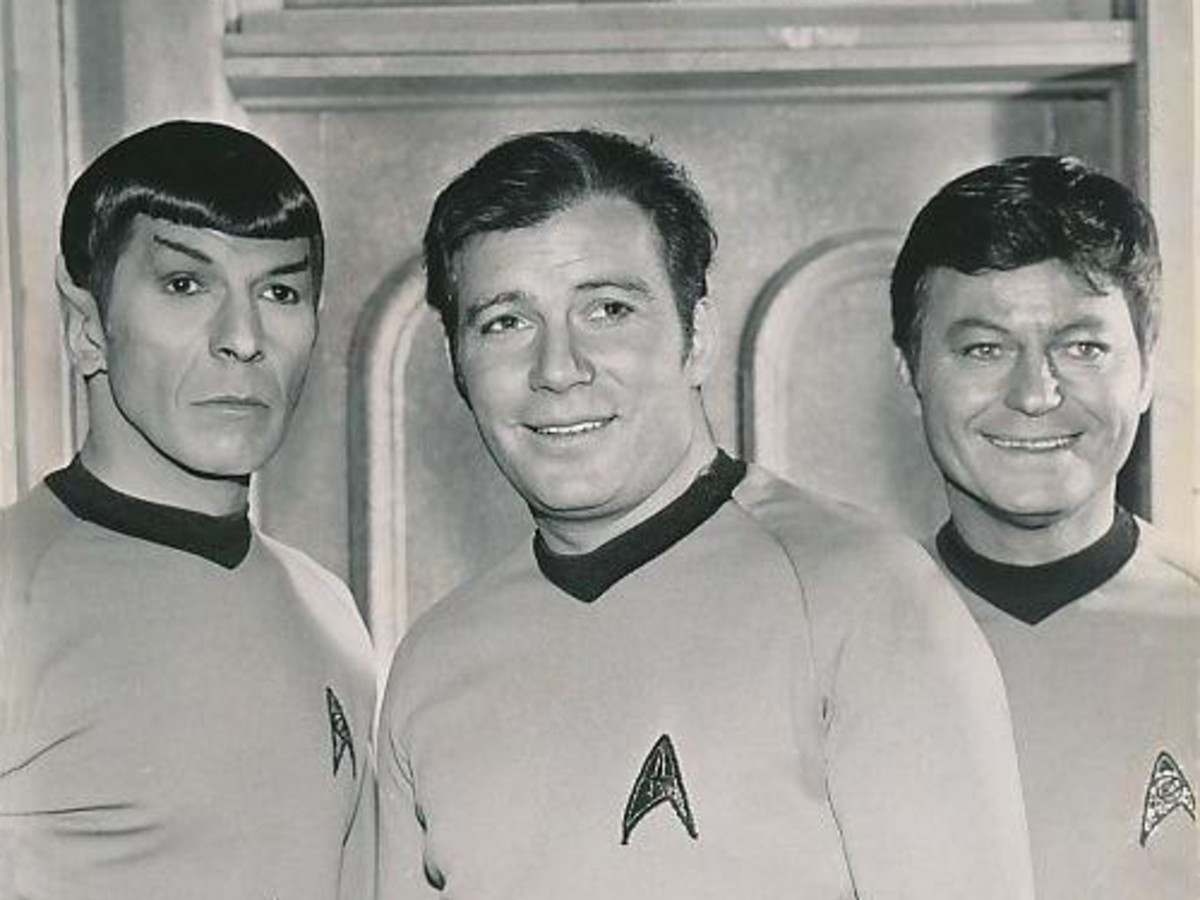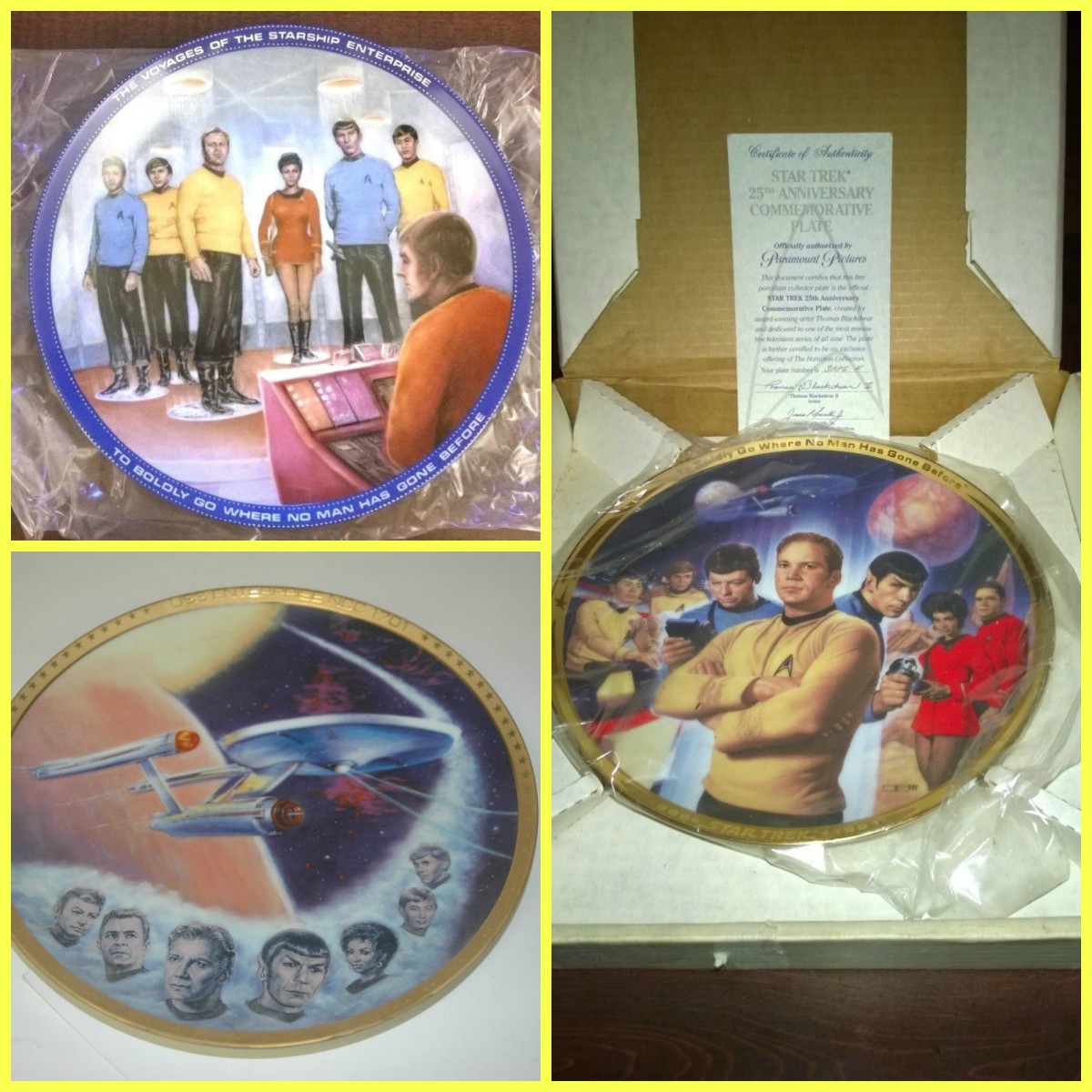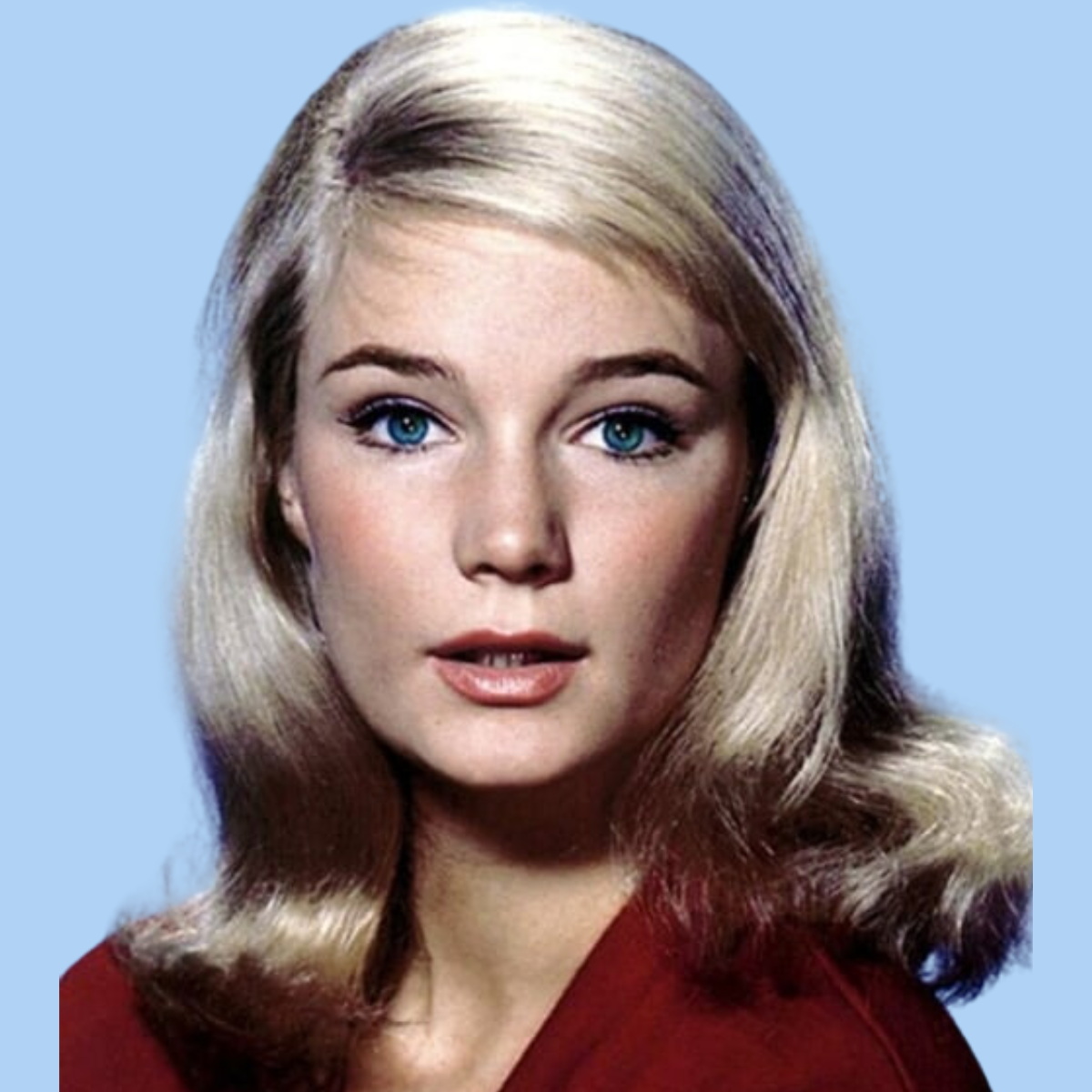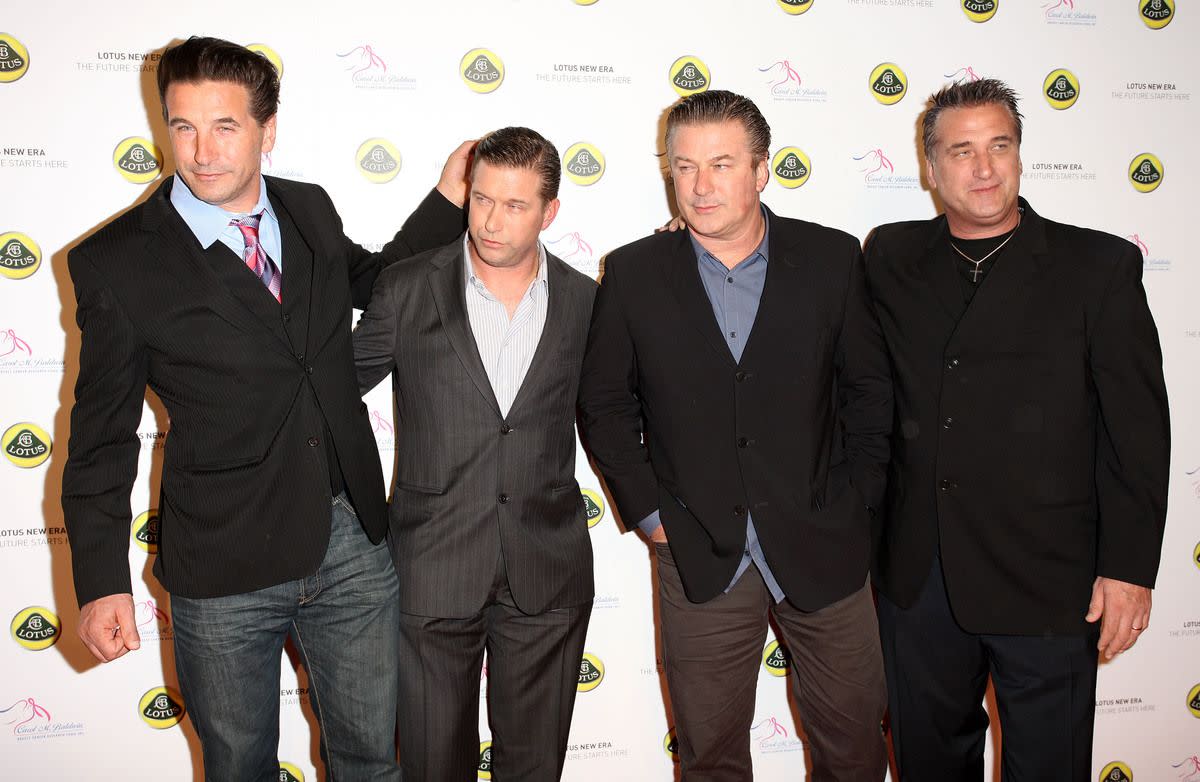Star Trek Beyond: Below My Expectations

Now, there were good points and bad points to be had with the latest Trek film. I was, in a phrase, less than impressed with Star Trek: Beyond. And with anything Star Trek, that’s difficult to do. What it lacked in exposition it tried to plaster over with effects. And while the action sequences are decently coordinated—the fight between Jaylah and Krall could’ve been executed with an eye tending towards more involved fight choreography rather than a few well-timed high-kicks and dodges in the close quarters of the mining facility—there was nothing to carry the film through for the first 3/8ths of its running time except for those effects. Take those away, and you’ve got a franchise film that lacks the heart of the first two Star Trek reboot films. Now, I don’t want a Star Trek film that plods along and is so laden with philosophy that we forget we’re in the 23rd century—save that for The Next Generation, eh?—because The Original Series was all about action. You’ve got to have more than social commentary and universal morality to keep the audiences engaged. But Beyond was the exact opposite: it started with action, rushed through Kirk’s introspection as to why he joined Starfleet—summing it up with a brief exchange between him and McCoy which could have been touching had it not been for Urban’s interpretation of what constitutes Southern Charm interfering with an otherwise earnest and heartfelt dialogue—and jumped right into the Enterprise hurtling through a nebula filled with asteroids and alien bees. And those alien bees have got stingers, ya know? I’m not sure if better editing would’ve made this film a 9 out of 10 instead of piddling, middling 6.5 for me, but it could’ve helped. Again, this movie doesn’t really touch on its full potential until the 3/8ths mark, and that’s far too long for a narrative to be considered “effective”. I’ve never really found myself complaining about dialogue in a Star Trek film, but I must be getting old because it seemed that every time Pegg’s Montgomery Scott said something, it ended with the word “Lassie”. Endearing for the first four times you hear it. Not so much for the last twenty. (I’m exaggerating, of course. Hyperbole.) If the screenwriters think that that’s all that pegs (haha—Peggs, get it?) a man as Scottish, then they don’t know anything about Doohan’s Scotty. It’s scotch, women and wit that makes a man Scots, dang it! And an uncanny ability to rewrite warp formulae on the fly. Now, spoilers are ahead, so brace yourselves. These are just some of the things I took issue with in Beyond and some of the things I loved about it.
Things I took issue with:
1. Balthazar:
Idris Elba’s Krall could have been a beautifully written villain had the extra dimension of his true identity and struggle with feeling abandoned by Starfleet been introduced and some more of his perspective on the turn of events leading up to his ‘transition’ into the evil man he was been brought in earlier than what it was. Balthazar was a military man, used to conflict. The parameters for his missions are completely rewritten and he’s turned into a diplomat. What changes inwardly must he have undergone? What of his perception of his crew? I would have liked some insight into Balthazar, and perhaps some scenes with Krall showing this conflict of conscience, imprisoning the very officers that represented a part of what he once belonged to. Now, I don’t really get all of this from Balthazar/Krall until I see Idris Elba in the chamber with Kirk, and he catches a glimpse of himself in some shards of glass. But even then, this reveal of his inner turmoil as to his true identity is brief and flitting, because as soon as it’s there, the filmmakers snuff it out and replace it with a one-sided villain. And without the backstory there about Balthazar, that’s all Krall really was: A one-sided villain. They could have played up his backstory, his true identity. They could’ve played up the mystery of his true self. I want more than just a ship in the mountains. I want more evidence. I want to hear his personal logs about change. Heck, even let the audience in on who he really is. I also thought that his second-in-command could have had more dialogue. At least some exchanges between him and Krall. Instead, Krall isn’t given the dimensionality he needs until the last thirty minutes or so of the film. That isn’t right. That isn’t enough.
2. Editing
It was choppy and difficult to follow for my wife. Had I not been attentive, I may not have realized what was going on myself. The contrivance to get them into the nebula was just too much. I didn’t believe for one second the whole “We just so happen to receive this artifact and it’s why we are here” plot device. Some more time spent lingering on important plot points like the entire reason why the crew were negotiating a peace treaty would’ve been effective enough. I believe the opening scene was funny—I laughed—but it was null. It lacked value. It could have been just as effective to have Kirk and crew receive the artifact directly. The narrative could’ve started in media res and we could’ve been there to witness the giving of the gift. Have Krall come searching for it on the planet—the man’s got ships capable of taking down the Enterprise—and find that it’s gone. Show his search for the weapon. The editing was like getting walloped with waves of action that just kept coming and wouldn’t relent for the first forty-five minutes. It settled into a better pace after that. Around the time that we see Kirk and Chekov emerge from the saucer section of the Enterprise unscathed. It just felt rushed, roughed-in, unfinished. Maybe that’s the way movies are edited now-adays, but it wasn’t like that for Into Darkness. We dwelt on the characters a bit in the first two films. If Kirk’s having a conflict of personal worth and identity, then give us more than a closet full of Starfleet uniforms and a personal log. The shots around the interior of the Enterprise showing his interaction with the crew were a critical part of this—expound on it a little bit. What we were given was good, so give us more!
3. The Earth and All Who Inhabit It Face Doom—yet again…
Inner conflict can be just as devastating to a person’s sense of self as outer conflict. And having friends endangered can be just as motivating as having your entire home planet or the lives of a multitude of complete strangers in danger. I actually liked the Yorktown station and the final scene involving the Franklin, but was it really necessary for Kirk to muse on the implications of Krall getting a weapon of ultimate power, saying—in paraphrase—that he’ll go after Yorktown and, eventually, Earth? Maybe the whole universe? Kirk doesn’t always have to be saving Earth. In the series, it’s his crew that often motivates him to take drastic action, as well. Heck, strand them in orbit on the intact saucer section of the Enterprise and have that parallel narrative/action between Krall’s drones on the surface with his crew and Kirk on the saucer section with a rapidly deteriorating orbit. This is an example of how to draw out action so that it lingers—not a fast-paced machine-gun montage of scenes that depict and showcase how awesome the effects are. The effects are just the icing. The narrative is what drives it. I just don’t think that Kirk can always be the only thing standing between doom and Earth. There are other planets, too, you know. I understand that Krall is ex-Starfleet—one of the best reveals, actually, and I think a far better ‘secret identity’ than Cumberbatch’s character—and that he seeks to murder the lives of every Starfleet officer he can. But he’s just captured a whole starship full of them. A man that consumed with rage towards Starfleet isn’t going to start executing the senior officers of the Enterprise? I mean, please, don’t actually let Krall do it, but that could be phase one of his plan. He’s willing to destroy a space-station full of diplomats and ambassadors. If your prisoners are getting beamed out of your prison, it might behoove you to find them and start turning those people into corpses. Surely he realized that the only ship that might be capable of beaming away the crew would be his old vessel. What else could it have been? Krall may, of course, be suffering from some sort of energy-sucking-delirium and may not be thinking clearly. Or maybe I’m just not remembering the sequence of events correctly. Of course, had he not attacked the station, then we wouldn’t have had some of the best action sequences in Trek-film.
4. Spo-Hura
It’s a portmanteau of Spock and Uhura. Haha. Get it? Anyway. I believe that the idea—yet again—of Spock and Uhura undergoing a relationship meltdown was getting old by this point. In the first two films, it’s okay. They had good banter. And the exchange in the shuttlecraft during their descent in Into Darkness was heartfelt. It showed who they believed they were as a couple. Spock could have cared just as much for Uhura had they not been fighting. It’s like watching two high-schoolers fuss and fight and argue when there’s so much more important things going on in their lives to worry about. For example, the fact that they’re officers on board one of the most advanced vessels in Starfleet. Now, I have no problem with interracial couples—some people might say, eww, a human and a Vulcan?—but expect there to be differences in how you approach life! After three years and she’s still surprised that Spock wants to do the logical thing and do his part in propagating his own species? That doesn’t make it right—it’s downright inconsiderate—but I just don’t think that more conflict is needed between Spock and Uhura. We’ve got all the conflict we need with the Enterprise getting destroyed.
5. Sulu Has a Boyfriend…?
What the heck? The guy who played Sulu was gay, not Sulu himself. What were they thinking in this day and age? What’s the matter—annnnd I’m just kidding. I actually thought this was cool. Brief enough to explain the relationship but not beating us over the head. Small steps to acceptance. And the Asian girl was ADORABLE.
Now that I’ve gone over what I disliked, here’s the cool, fruit-chunked filling that’s the best part:
1. McCoy and Spock on a Stinger-Ship
I call them stinger-ships. They sting. They’re ships. Enough said. Now, the dynamic between McCoy and Spock is an unusual one—love-hate, at its most basic, but it’s not even quite that. They acknowledge that they are fond of one another, and often keep up an air of dissention and argumentativeness in order to alleviate one another of the stress that often comes up over the course of a mission. Nowhere is this more apparent in this film—nor more comical—than when they are both having to rely on one another’s ability to adapt and to communicate when they are in the stinger-ship trying to maneuver through the Yorktown’s biosphere. With Spock at the helm and McCoy doing whatever it is that Leonard McCoy does, they don’t so much as swoop into action as bumble around a bit before finally getting the hang of things.
2. Kirk’s Indecision
Space travel can be boring. It’s one of the reasons, I believe, why TNG had holodecks for the crew. Recreation can alleviate stress. The pan across the entire ship and the series of cut-scenes showing the crew in various stages of relaxation and relationships—involving one very embarrassed crewman being pushed out of a very angry Orion’s quarters—is one of the best. We have always wanted to see these things. At least, I have. The day to day droll of being on the Enterprise is one thing I’ve always wanted to see. And we get it in snippets here. But aside from that, there’s the issue of Kirk feeling as though he has not quite fulfilled his promise to Pike. That’s the sense that I get from him. He’s trying to figure out not who he is as a captain—he knows that—but who he is as a person. And this culminates in his decision to leave the captaincy and become Vice-Admiral on the Yorktown. Simultaneously, we have Spock who is not sure that Starfleet is still for him. His race is close to extinction. He’s wanting to make baby-Vulcans. And given that Vulcans only like to make baby-Vulcans once every seven years, this puts their endangered race at a disadvantage. But Kirk understands that he is a captain. It’s not that he joined Starfleet on a dare, as McCoy suggest. But, rather, he rose to a challenge—it was the defining moment for him in the first film to say, “Okay. You’ve given me a push. Now I’m going to show you what I can do.” It wasn’t a dare. He grew to become a good officer. He owes it to himself and his father’s memory to use his skillset as a captain to better humanity. And besides, nothing beats the feeling of being in the chair of your own ship.
3. Jaylah
She could’ve been fleshed out more and I do think that her ‘joining Starfleet’ was a bit hokey at the end—I would’ve liked to have seen a scene where she realizes that Starfleet is a family that she can join in spite of her losing her family—but Jaylah was not as annoying as I was afraid she’d be. She was strong, combative, hostile when she needed to be and acted as the guide for Scott, Kirk and the others. She was not grossly over-independent. She was capable. She had good reasons to see Krall die and I think that the connection between her and Kirk of having their fathers die while trying to keep them alive was well thought out. I kept thinking back to the first film when Kirk’s father is trying to save as many as he can and I applied that heroism to Jaylah’s father, too. I’m glad the screenwriters and directors didn’t beat us over the head with the death of her father—she mentioned it, she got a little emotional, Kirk saw this and then, she was back to being Jaylah. Also, she gave us an opportunity to see that Scotty—in this incarnation—is not so strong a character outside of engineering. I’m okay with this—it’s Simon Pegg and he’s not exactly WW2-got-fingers-blown-off-will-fight-if-you-call-the-Enterprise-garbage James Doohan/Montgomery Scott. Pegg’s Scotty relied heavily on Jaylah to survive, and she, in turn, relied on him to get the ship warp-capable. She didn’t get annoying and her ‘syntax’ was endearing to me. She didn’t speak like a baby learning the English language, she spoke as of someone with confidence, wielding it and making little mistakes along the way. I know that may not seem as big of a deal to some as it does to me, but her shortcomings in English were made up for by the passion she imparted in each spoken word. I doubt we’d see Jaylah again, but it might be interesting to have her on board, donning a Starfleet uniform, to put her ferocity as a fighter to work at defending the Enterprise against all threats.
4. Beastie Boys and Surfing
It’s an effects scene, so there’s not a whole lot I can say about it. But I did enjoy this. I love music videos and I like this song—it ties into the first film—and I even like the buildup to this. Having to broadcast one of Jaylah’s favorite songs over VHF might have seemed a little—well—tacky to some. But I thoroughly bought into it enough so that when the drones started losing their minds and blowing up while the Enterprise crew surfed across a wave of fire created by their immolation aboard the Franklin, I was <-> this close to letting loose a battle cry.
I hope that the new series doesn’t use this film as an exact formula for their plots—in TOS, they pulled writers from every corner of multiple genres to write episodes and I hope that it’s the same with this one. You bring diversity to the table, and you get good storylines. You get the same group of writers pounding out episodes and you exhaust them of all the good ideas and the series stagnates. So. As with all things Trek, I will be buying Beyond when it comes out on DVD. It will not replace my fondness for First Contact or Wrath of Khan or—gasp, yes, I know, true ‘fanboys’ will hate me—the first reboot Trek film. I’ve got one final thing to say of Trek, regardless of whether or not it’s met my expectations as a fan: It has pushed me to do things I might not otherwise have had the courage to do and for that, I’ve gone boldly to places I may have never gone before.

